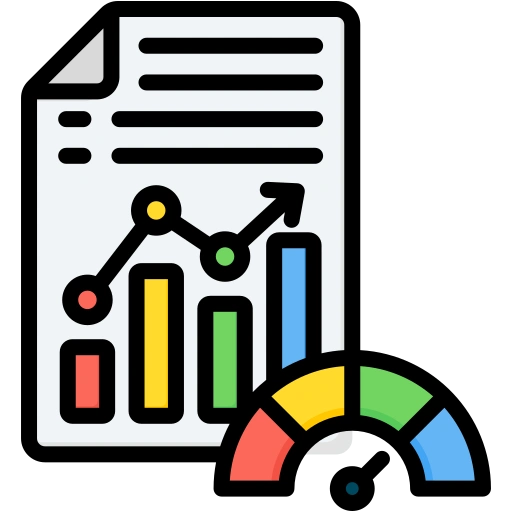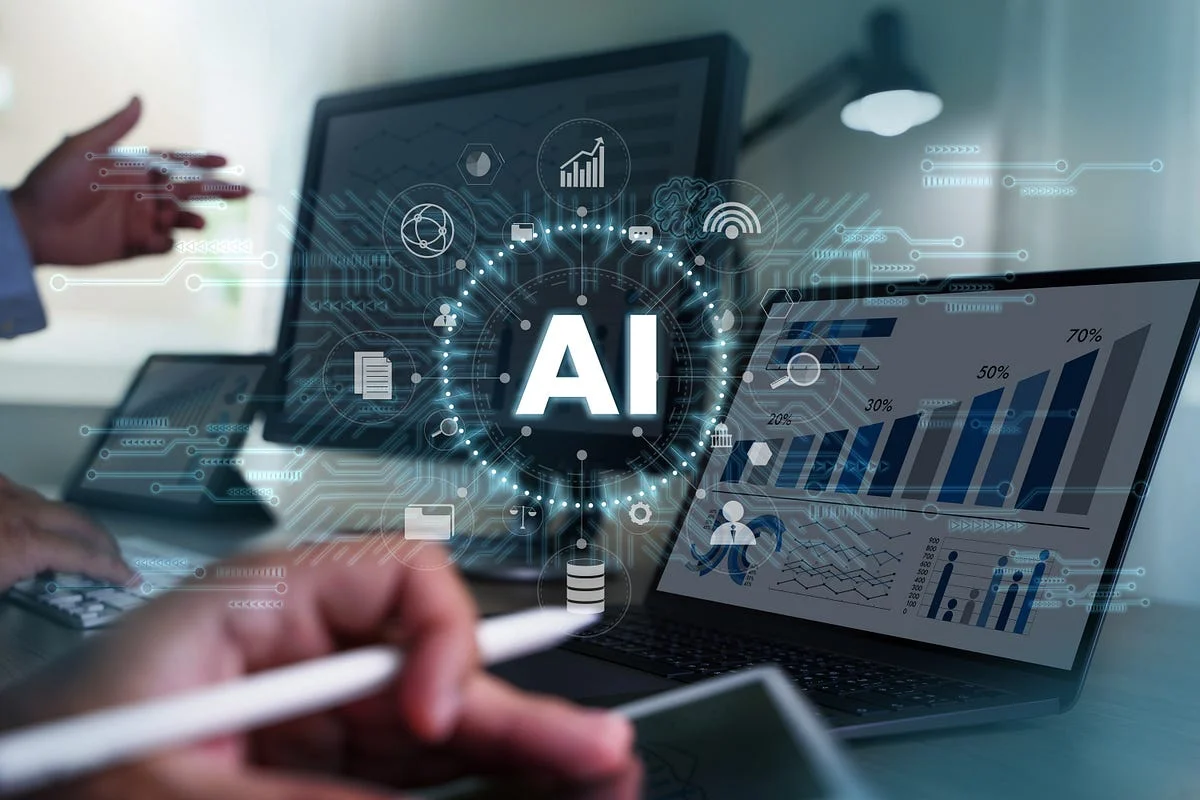Model Training and Optimization
Model training and optimization are at the core of building intelligent, high-performing AI systems. Our process involves training deep learning models on large, diverse datasets to ensure accuracy, adaptability, and reliability. We fine-tune hyperparameters, optimize learning algorithms, and enhance performance through rigorous evaluation and validation techniques. By leveraging advanced frameworks and scalable infrastructure, we accelerate training while maintaining precision and efficiency. From reducing overfitting to improving model generalization, our optimization strategies ensure your AI solutions deliver consistent, real-world results with maximum impact.


Scalable Training Infrastructure
A scalable training infrastructure is the backbone of efficient and high-performance deep learning development. Our solutions are designed to handle massive datasets, complex models, and intensive computational workloads with ease. By leveraging cloud-based platforms, distributed computing, and GPU/TPU acceleration, we ensure faster training cycles and seamless scalability. This infrastructure adapts dynamically to your evolving project needs, enabling teams to train, test, and deploy models without bottlenecks. Whether you’re building from scratch or optimizing existing systems, our scalable training infrastructure empowers organizations to innovate faster, reduce costs, and accelerate AI-driven results.
What we do in Model Training and Optimization
We design and train AI models tailored to your data and business goals. Our team fine-tunes algorithms to achieve peak accuracy and efficiency. We implement advanced optimization techniques for faster, smarter performance. From training to deployment, we ensure models deliver reliable, real-world results.

Data Preparation & Cleaning
Ensure high-quality inputs by organizing, filtering, and refining raw data for model accuracy.

Algorithm Selection
Choose the most effective deep learning algorithms tailored to your project’s goals and data type.

Hyperparameter Tuning
Optimize model performance through precise adjustment of key learning parameters.

Performance Evaluation
Assess model accuracy and efficiency using advanced validation and testing metrics.

Model Refinement
Continuously enhance model outcomes through iterative improvements and retraining.

Deployment Optimization
Streamline deployment for faster, more scalable, and resource-efficient AI performance.
Empowering AI with Precision Model Development
Unlock the full potential of artificial intelligence with our precision-driven model development. We design and train AI models that combine accuracy, scalability, and real-world adaptability.
Our process ensures optimized performance through data refinement and continuous learning. From concept to deployment, we focus on building models that deliver measurable results.
Empower your AI initiatives with models engineered for excellence and long-term success.

AI Readiness & Roadmap Development
Our AI Readiness & Roadmap Development service helps organizations strategically prepare for successful AI transformation. We begin with a comprehensive assessment of your data ecosystem, technology infrastructure, and business processes to identify where AI can deliver maximum value. Our experts then craft a detailed, step-by-step roadmap that aligns AI initiatives with your strategic goals, ensuring smooth adoption and long-term scalability. This roadmap covers key aspects such as data readiness, talent enablement, technology selection, and implementation milestones. By building a clear, actionable strategy, we empower your organization to move from AI exploration to execution with confidence—accelerating innovation, efficiency, and competitive growth.
FAQ
What is model training in deep learning?
Model training is the process of teaching an AI system to recognize patterns using data. The model adjusts its internal parameters through multiple iterations to minimize errors and improve prediction accuracy over time.
Why is model optimization important?
Optimization ensures that the model performs efficiently without overfitting or underfitting. It fine-tunes parameters, improves accuracy, and reduces computational costs, making your AI solutions both powerful and scalable.
What techniques are used for model optimization?
Common techniques include hyperparameter tuning, gradient descent, regularization, and learning rate scheduling. These methods enhance model convergence, stability, and overall predictive performance across various datasets.
How long does it take to train a deep learning model?
Training time depends on data size, model complexity, and available computing resources. Simple models may take hours, while advanced deep learning networks can require days or even weeks of training.
How do you prevent overfitting during model training?
We use methods like dropout, cross-validation, and data augmentation to prevent overfitting. These techniques ensure the model generalizes well to new, unseen data instead of memorizing training examples.
What tools or frameworks are used for model training and optimization?
Our team leverages leading frameworks such as TensorFlow, PyTorch, and Keras. These tools support efficient training workflows, distributed computing, and fine-tuning for high-performance AI models.
How do you measure model performance after optimization?
We evaluate models using metrics like accuracy, precision, recall, F1 score, and loss functions. Continuous monitoring and validation ensure that models maintain reliability and deliver consistent real-world results.

